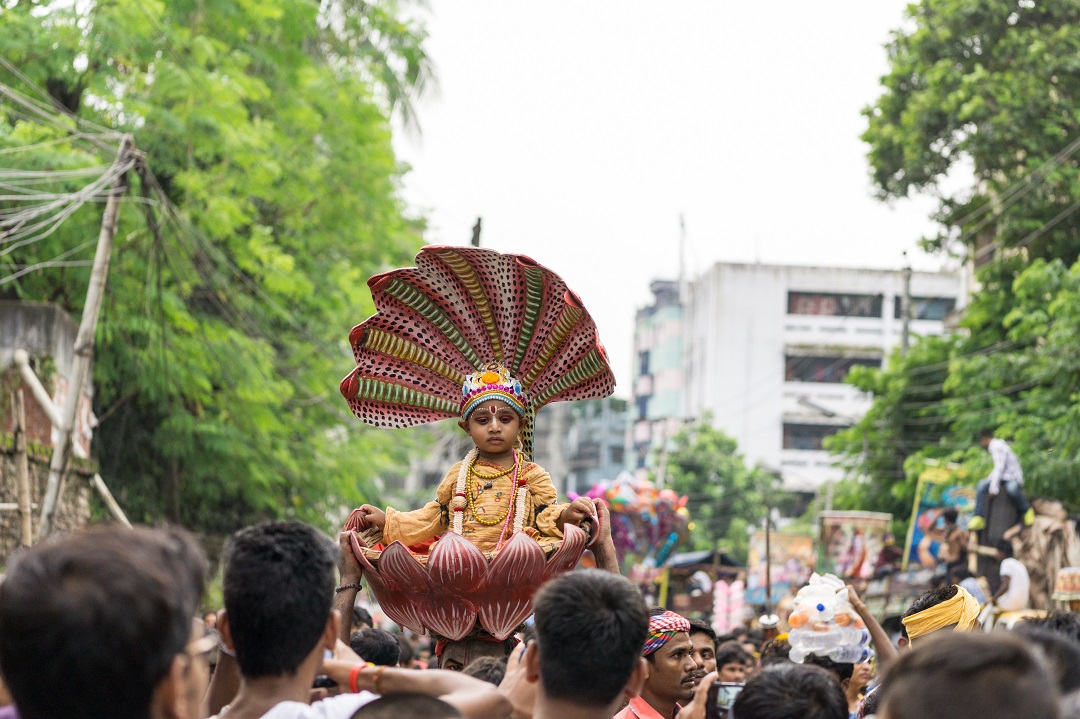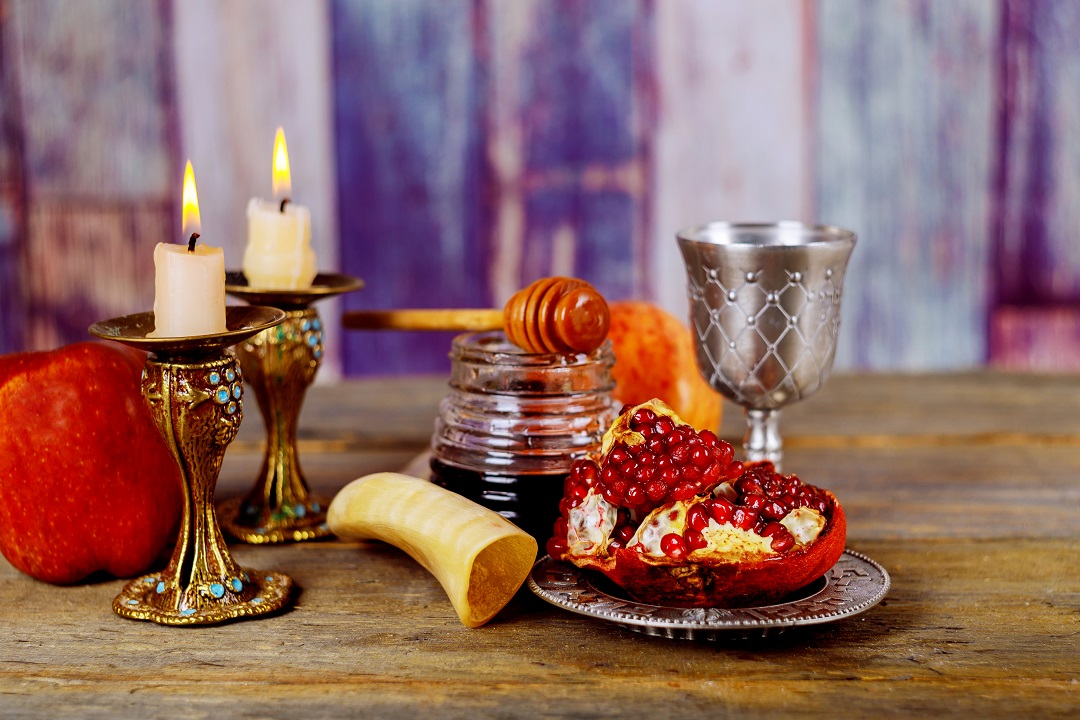The month of September often symbolizes a time of change and transition as we exit the summer months and the autumn begins. The next 30 days are full of religious celebrations, including the Jewish High Holy Days. Read more about these sacred traditions in order to better accommodate employees and colleagues who observe them and the corresponding dietary restrictions.

September 2 — Janmashtami
Observance and Dietary Restriction
Janmashtami is an annual Hindu holiday that celebrates the birth of Krishna, a popular and widely revered Indian deity. One of the largest religious festivals in the world, Janmashtami is celebrated by almost a billion people annually. The day is dedicated to deep spiritual renewal and celebration. The day before, devotees may fast and pray until midnight, the time it is said that Krishna was born.
How to include participants
Janmashtami is special to those who follow the Vaishnavism tradition of Hinduism. Fasting is involved, so do not plan any events that focus on food. This year, September 2nd is a Sunday, so traditional office workers won’t run into meeting conflicts. However, if you invite Muslim friends to a Labor Day celebration over the weekend, know that if they decline, it may be because they are fasting, spending time with family or in prayer.

September 30 – October 1 — Rosh Hashanah
Observance and Dietary Restriction
Rosh Hashanah is often called the Jewish New Year and is the first of the Jewish High Holy Days. It begins at sunset on September 9th and ends at sunset on September 11th. Over the two-day holiday, observances include the sounding of the ram’s horn on both mornings, candle lighting in the evening, and eating traditional foods. Most of the foods are sweet, such as apples or bread dipped in honey to symbolize having a sweet new year.
How to include participants
It is almost certain that employees that celebrate this holiday will request off. These two days are meant to be shared with the family at Temple and participation in the Tashlich ceremony. The latter occurs on the afternoon of the first day. Participants gather by a body of water and toss in pieces of bread, symbolizing the casting away of sins. If a large portion of your office is Jewish, do not plan any major events or meetings for these two days and allow them to take time off.
How to include participants
These two days are different from the Sukkot by the sections of the Torah that are read and the prayers that are cited. Employers don’t need to make any special dietary arrangements during this holiday.



